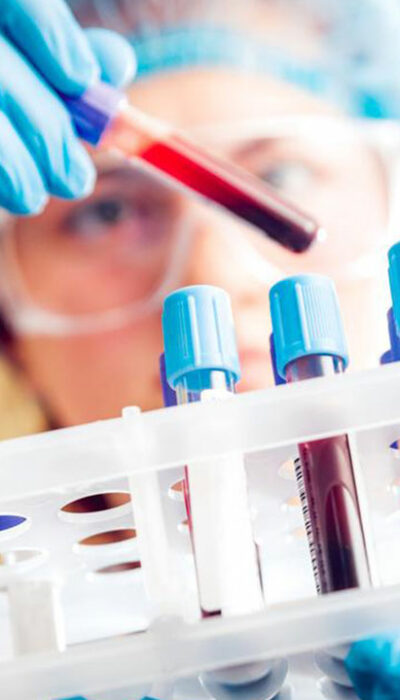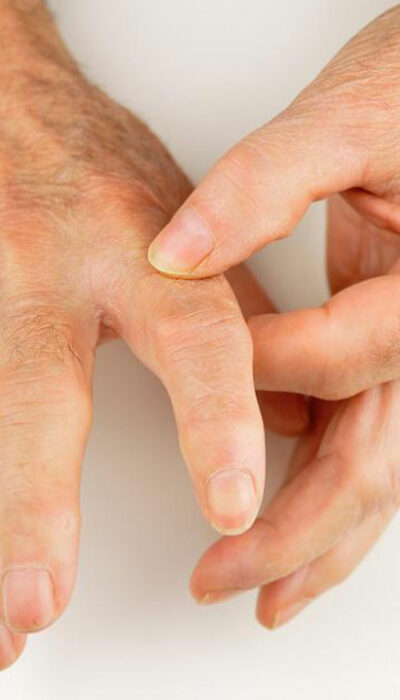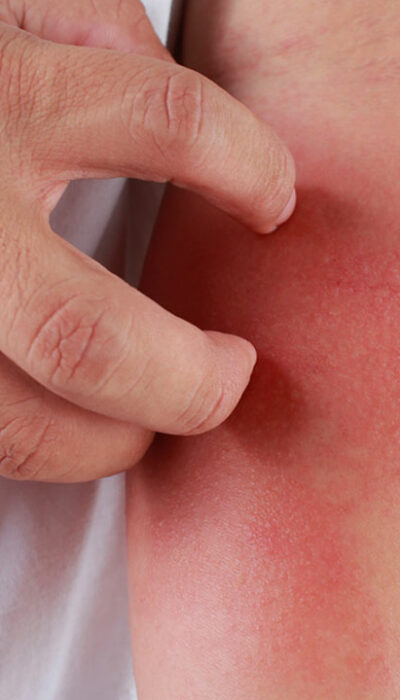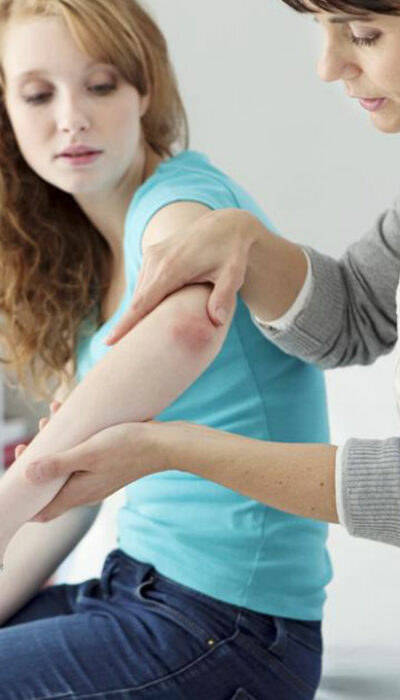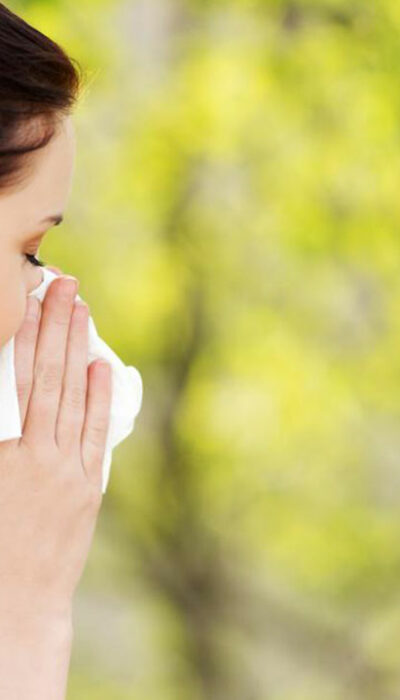
Identify The Signs of Pollen Allergies
Allergies occur when the body responses in an irregular manner to an external substance. Most commonly allergies occur in case of certain food items. Medically, the immune system of human being becomes hypersensitive to some external factor. This condition is called allergy. Generally, allergies occur from food, fur, dust or pollen. The substance that causes an allergy is called an allergen. Pollen allergies are found to be very common among the American population. Allergy due to pollen is called known as Hay Fever. Pollen is basically a powder type of substance that is found in the environment. It helps in fertilizing other plants of their same kind. Pollen is found in flowers, trees, grass, weed and the atmosphere at large. It is the main factor that helps plants reproduce. It is extremely light-weight and thus can travel by air. Humans may breathe in this powdery substance, thus resulting in an irritation in their immune system and thereby leading to an onset of the signs of pollen allergy. Allergies are usually neglected by most people since it is considered as not very critical. The severity of allergies, however, can range from mild discomfort to seriously fatal situations where one can even lose a life. Signs of pollen allergies Pollen is usually found to be harmless to the human body. However, people who are hypersensitive may be troubled by its presence in the atmosphere. Signs of pollen allergies can be identified, when the body starts producing chemicals to attack the pollen that may have entered the body. This chemical is called histamine. The mission of this chemical is to eradicate and remove the allergen from the human body. The symptoms of most allergies are quite similar. So, it becomes difficult to identify the actual allergen as pollen, even by most health experts.

